Types of
Marketing Strategy
Here we interview an experienced retired marketer on how to use different types of marketing strategy to benefit your business.
Understanding Target Market
Q. Let’s get straight in and talk about some of the really big issues on marketing. Why do you think most businesses, at best, do an average job with different types of marketing strategy? And how much do you think it’s costing them each year?
A. I’ve found most often business owners do not exactly know their target market. They think they know who they should be selling to. But, they haven’t taken the time to define their ideal customer.
And that means their different types of marketing strategy does not focus on the people interested in their offer. They can waste anything up to 70-80 percent of their marketing expense because they send out the message to the wrong people or use the wrong medium.
By the way, ‘need’ does not equal ‘want’; that’s another mistake people frequently make. I say to people, “Well, who is your target market?” and they say, “Everybody needs what I produce”. Yeah, maybe they do need it but do they want it? People rarely buy something just because they need it. They’ve got to want it as well.
Another problem, business owners lack using consistent types of marketing strategy. Instead, they go for the ‘marketing flavor of the month’. Or they try something that worked well for somebody else without checking to see if it fits into their business and their types of marketing strategy.
TrainingKeeper Software. Keep, organize and plan all your employees' training and activities. Software includes multi-user support with reports, certs, and calendars.
You see, you must use the types of marketing strategy that fits with your business plan and you must follow it consistently and constantly. Because, again, some people just do ‘a bit of marketing here’ and a ‘bit of marketing there’ and then say “Oh I’m too busy this week or this month. I’ll do something next month.” You then get this ad hoc, like a scattergun, approach to it, which doesn’t work. In fact, I’ll tell you about an incident.
I recently had a business owner contact me. He wanted me to write sales letters for him. But when I questioned him, I discovered he didn’t even have a cohesive business plan. And he certainly didn’t know different types of marketing strategy. He really didn’t know what he wanted to achieve. Although he had a fair idea of his target market, he hadn’t really defined his ideal customer.
Anyway, I said “You have to get that sorted” before I was prepared to do any work with him “because I can’t write copy for somebody who doesn’t even know their goals. It doesn’t work.” I’m glad to say he took my advice. He now has both a business and types of marketing strategy that works really well for him.
And you asked “How much does it cost them not to analyze types of marketing strategy?” That’s a difficult one because the costs are not just the money spent on marketing activity.
The total costs need to include missed business and opportunities, and that doesn't just include direct sales. Because very often, if you have a happy customer or client, then most likely they buy more from you. Plus, they also put you in touch with other business contacts who further drive business.
PDCA Complete is an organizational task management system with built-in continuous improvement tools. Includes projects, meetings, audits and more.
Built by Quality Assurance Solutions.
Consistency and Apathy
Q. I absolutely agree with you. One of the things I will pick up on that you said there, about this ‘bit of marketing here’ and ‘a bit of marketing there’, in my experience what I have found is that people think that investing in types of marketing strategy is a one-off event.
Rather than a series of events. What’s your thoughts about that?
A. It’s important to work with consistent types of marketing strategy. They should study: “how do you go out and get the initial interest?” When you’ve got that initial interest “how do you follow up on that?” If that person buys “how do follow up on that? How do you make them feel like the most important person to you?”
Because if you don’t put
that feeling over, then you are not marketing. Analyzing the types of marketing strategy not only creates new
customers, it keeps your current customers too. They
say the majority of people… I’m trying to remember the exact percentage, but I think businesses lose about 93 percent of customers due to apathy.
Q. Absolutely, I would say that figure, even though, most people may be surprised at the size of it, is absolutely true. I’m absolutely astonished how many times businesses send out one mailing piece, for instance, to the market and expect it to bring in enormous levels of customers. It’s absolutely ludicrous.
A. It doesn’t work. In fact, I use at least a sequence of three letters that take clients through exactly that process, and that’s proven to be very successful.
It really does prove the point, you have to constantly inform and advise people. Make sure you contact them. Make sure you talk to them. Keep them in touch with your business happenings and all the different sales offers.
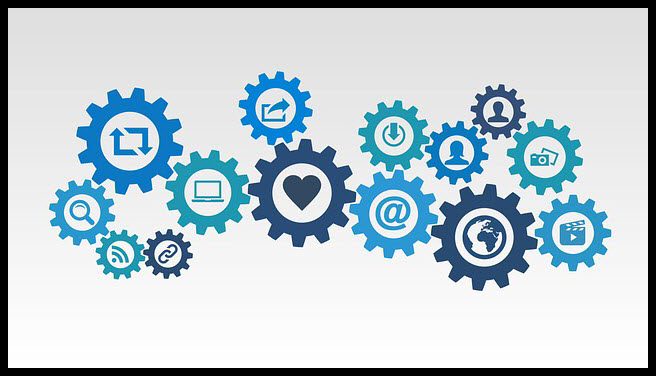
ROI and Types of Marketing Strategy
Q. Why do business owners think about investigating in types of marketing strategy as a cost rather than an investment?
A. That’s an interesting one. People rarely understand the actual return on
investment. Don't base the return on investment for analyzing types of marketing strategy on the first results. Instead base it on the true lifetime value of
the customer or client.
For example, if a person responds to an offer, it isn’t just that initial purchase it’s what else they buy afterwards, as the relationship grows. This assumes you do create a relationship with them and not let them go after that one purchase.
Q. I think many businesses believe “the purpose of the customer is to create a sale” but really we should change this to “the purpose of the sale is to create a customer”. You want customers to come back time and time again. We have to create the right buying experience for the prospect, so they come back and spend money regularly and become a good customer for us.
A. And they do, if you keep them informed with selected types of marketing strategy; if you keep them happy; if you treat them like a very, very important person to you and your business. Then you create that relationship, and you get repeat business.
Q. Absolutely. When we talk to our customers we treat them as a best friend. Include this, not just verbally but in all types of marketing strategy, you put out.
A. That is crucial. That’s something anybody should follow. Let’s face it, if you talked to your best friend about your offer, as a business, would you want your best friend to buy it? If you can’t honestly, hand-on-heart, say “Yes I’d be very happy for my best friend to have it” then you need to look very, very closely at your offer and figure out you wouldn’t want your best friend to have it. And if you wouldn’t want your best friend to buy, why should anybody else?
8D Manager Software with 8D, 9D, 5Y and 4M report generator. Your corrective action software for managing, measuring, and reporting issues.
Brand Building
Q. There’s a lot of confusion about types of marketing strategy. For instance, should a business owner focus on brand building rather than direct response marketing? What’s your view on the very different aspects of marketing?
A. Okay. Well, both activities have a place within your types of marketing strategy. But, as you increase your customer base through direct response marketing, you actually create brand awareness. I always aim for any types of marketing strategy to pay for itself.
Brand or ‘awareness marketing’, usually done in the form of a display ad or a television advert, can make you emotionally react. They’ve got some brilliant ones on the television. Some really make you laugh; some really get you up and dancing with really good, catchy music. But can you honestly say they’ll make you go out and buy the product? Because I certainly don’t.
The problem with brand awareness marketing, you don’t know who you reached. You don’t know who responds. You don’t know if sales come as a direct result of that marketing or whether something else caused the interest.
You can’t measure it whereas with direct response types of marketing strategy you can measure it.
But the other thing with ‘brand awareness marketing’, for a new business in particular; it can really run away with your budget. If you’re not careful, and you can have very little to show for it.
Your selected types of marketing strategy should pay for itself as well as creating more profits and more business for you.
Get Green Belt Certified with this extensive on-line course. Learn the Six Sigma tools and steps. Earn 25 PMI PDU. Start implementing Six Sigma today
Achieving Sales Goals
Q. Why do feel so many business owners struggle to break key sales figures for their business?
A. There are two reasons. One I’ve already mentioned, they lack structured direct response marketing. Not having consistent types of marketing strategy really does mean you’re heading for a fall.
The other reason is their belief or their mindset. You see, for many, high sales seem to be an impossible dream. And yet very often they just need a bit more focus; belief in themselves and their business. Align this with a stronger push with the direct-response types of marketing strategy.
They can resolve this by simply looking for additional profit centers within the business. Sometimes it needs a fresh pair of eyes to find the hidden opportunities.
Q. Absolutely right. You must ask your people for ideas. You are not there to come up with all the answers. I think that’s one of the biggest myths about management is that ‘you must know all the answers, and everyone must just do your bidding.’
A. It doesn’t work like that because then you get a myopic view point. You don’t see all the possibilities and the outside opportunities due to tunnel vision.
Q. And the saying is very true really, isn’t it? Whether it be a ₤1 million or 100,000 or 5 million barrier.
A. It doesn’t matter the size of the barrier. Let’s face it; we put up barriers only on ourselves. They don't really apply if you focus on getting your business message out to the customer, so they can understand, appreciate, like and respond to. Provided you do that, then you don't need to worry about barriers. Instead, make them just a target and the next step that you want to achieve.
Get certified in Risk Management through our completely on-line training system. Study at your own pace.
Q. What are the three things that you’d advise any business owner to do in order to overcome these obstacles?
A. I get my clients to ‘future think’ regularly. Imagine a year from now and you’ve broken through a barrier. Describe your company at this point. What’s happening? What’s the structure? What’s your main types of marketing strategy? How did you get to this position?
What happened during the last year to make your vision become a reality?
Answer those questions in the present tense so that mentally you experience how get over that barrier. Now you programmed your mind to accept the fact that you can do it. That it is achievable.
Now, once you programmed your mind to that possibility of reaching the sales goal, you must take the steps to make it happen. Describe specifically the steps you intend to take.
For a smaller business, it might be a five-year plan to get to a sales target. It depends on your business and your current sales stage.
Set SMART goals with BCS scoring. BCS stands for benefits, speed and cost. Learn more at the link.
You need to have a monitoring system in place that allows you to measure the results so you achieve the steps.
You need to know
you can achieve it. You can't say that you want a ₤1 million turnover if you can't create the capacity to
handle that quantity of sales. The steps must include the important logistics too.
Spend time and effort on creating and implementing very strong and consistent types of marketing strategy. All the wishing and visualizing in the world does not achieve anything if you don’t take massive marketing action to make it happen. Without analyzing types of marketing strategy your business stagnates, if not fail altogether.
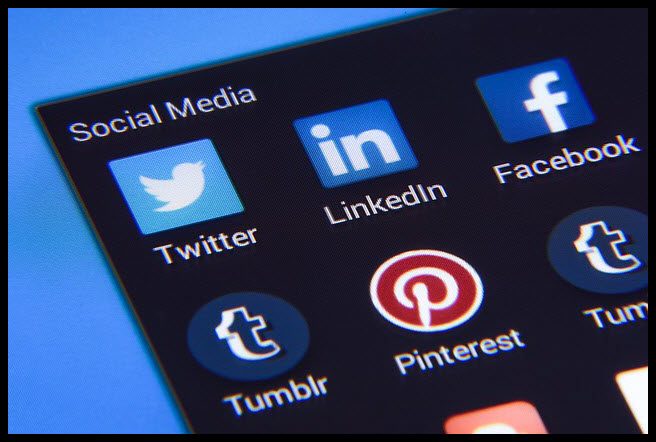
Writing a Marketing Piece
Q. What do you think are the greatest mistakes or myths about writing a marketing piece?
A. Okay. I’ve got three here for you. First, People very often focus on the product features, not on the benefits the purchaser would enjoy. This shuts down buyers.
Number two, the seller writes from his own selfish viewpoint. When you write a sales letter or an advert or a web page or any other types of marketing strategy, always write it from the reader's point of view.
Ask and answer this question from the reader's point of view “What’s in it for me?” and “So what?”. If you say in your letter “We’ve been established since 1969.” So what? It really doesn’t matter to your prospect how long you’ve been established. What does matters in all your types of marketing strategy does your product resolves a problem, or a need, something they want?
The final item, very often people when finishing their specific types of marketing strategy, don’t make a very clear and timely call to action. They don’t explain, what the reader needs to do in order to take up the offer.
Plus, they don't put a time limit for the offer. Without the time limit, then the reader may think, “Oh yeah I’ll do that when I’ll get around to it.” They put it to the side, and it doesn’t get picked up again. Whereas, if you create a sense of urgency, then they have that urge to get on and do something about it.
Employee Handbook Kit includes two Employee Handbook templates for Professional & Manufacturing. Includes over 60 policies and benefits templates.
Q. Again some golden nuggets and I would urge the reader to spend time just on those three key elements, looking back their types of marketing strategy. Test it against those issues and I’m sure they’ll find many, many ways in which they can change and improve their old marketing and put that out again and get better results.
If I wanted to write any types of marketing strategy, to sell my products or service, what’s the very first thing I should do? So we’re talking about really getting started.
A. As a first thing, ask your existing customers why they bought from you and why they continue to do so. If you don’t know why your customers bought, or you don’t know why they continue to buy how can you possibly convince anybody else that you have the ideal solution and product for them?
So you really need to understand the customers' benefits and the results. And obviously get testimonials to support that as well. If you do that, then you have a real building block ready for your headlines and for your letter, or advert, or any other types of marketing strategy you put into the marketplace.
Also use the AIDA approach. It stands for Attention, Interest, Desire, and Action. But I extend it into what I call the AIDA-A. I add an extra A on the end. Let me take you through each process and how you would tie that in with what you’re writing. The first thing is the Attention. You start off with a powerful headline.
This Data Analysis Video teaches you the basic tools for understanding, summarizing, and making future predictions with your collected data. Includes MS Excel templates.
If you don’t have a powerful headline, you won’t grab your reader’s attention. And if you don’t do that, then you’ve lost the sale. So you must either have a powerful opening headline or an opening sentence. Think about a newspaper; when you go through a newspaper, you probably scan through, just glancing at the headlines until you see one that attracts your attention, and then you stop and read the article.
The next part of AIDA is the Interest and that’s your opening paragraph. It must create an interest for your reader, and it only happens if you’ve targeted properly. In other words, you must know your ideal customer otherwise you’ll never arouse any interest in your product or service.
And again going back to the newspaper; with an attractive headline, you start to read the first paragraph. If that doesn't interest you, you stop reading. So again, the first paragraph needs to draw your readers into your sales letter as well.
Once you
peak their interest then you must create a Desire. That’s the ‘D’ part of AIDA.
A
desire that they want to own what you offer. Now you do this with case
studies or stories of other people who’ve purchased and benefited. Powerful testimonials also comes into this section. You need to
describe your offer provides a solution; resolves a
problem; or creates a satisfaction. Give them something that makes them happy. Focus on this.
When you talk about testimonials, by the way, be careful. The testimonials must be results descriptive, believable and genuine. Don’t make them up. People will know if you made them up.
For example saying, “Jones & Co. is a fantastic company with brilliant service” does not cut any ice with a majority of readers.
Whereas “Jones & Co. really surprised me when I got my order the next day just because I mentioned we needed it quickly, whereas a normal delivery courier in the industry is three to four days.” Now that is a powerful testimonial of the service that particular company supplied to their customer.
Your on-line Lean Six Sigma Certification. Course includes videos, reference materials, mobile app, quizzes and a certification test. Start studying today and get certified at your own pace.
The final part of the normal AIDA acronym is a call to Action, which we previously mentioned. But it is crucial. You must state very clearly what the reader needs to do. Don’t assume that they know. They’re busy. You’re busy. So why should they need to figure out “oh, do I need to make a phone call or have I got to send an email or have I got to look for a response form, or have I got to go to a webpage?”
With all these different options for responding means the desired action may not be obvious. Give simple step by step instructions of what to do.
Now for the final A, is another Attention. Think about when you open the letter yourself.
If it’s from somebody you don’t know, the majority of people check if it’s addressed to you and for the correct spelling of your name.
Then you might read the headline or the first sentence, to gauge your interest. With curiosity, you probably go to the end of the letter to see who wrote to you. Now when you go to the end of that letter, you see anything written below the signature. Here you read the P.S..
You should never, ever send a sales or marketing letter out without a P.S. because your P.S. provides a second opportunity to grab their attention and draw them back into your letter. Make it as powerful as the original headline.
Q. What do you consider the absolute Do Nots because I’m sure our reader has made some of these mistakes in the past or is still making them now and it’s a great insight just to know the things you shouldn’t do, as well as the things you should do.
A. Okay. Most people when they write a letter or create a campaign they think it is brilliant and everybody in the company says, “Yeah, that’s great - let’s go for it. Send it out.” And then they send it out to their complete list… without testing!
Testing lets you measure your letter's response and lets you improve it before sending out the final version. If you don’t test you can spend, and lose, a small fortune.
Your comprehensive package for learning and training the TRIZ problem solving methodology. Includes mobile app, books, PowerPoints and real world examples.
With direct response, you can measure it. Plus, you can test smaller quantities. For example, if you have a database of about 10,000 contacts, you should test the new campaign or the new offer on a small amount.. say between 2-3,000 or even less. Once you’ve done that then you know whether if the letter works. With a complete flop then you know you need to change something.
Test only one thing at a time. Don’t change the headline and the offer and the opening paragraph and the P.S. or anything else at one time. If you did all of that, and then you got an increase, you don’t know what caused the increase. Is it the headline? Or is it the opening paragraph? Or did the P.S. pull people back into it?
And the converse, it could also make the response drop, and you don’t know what stopped the response. So, you should only test one thing, one change at a time and measure your response.
Don’t send the letter without a
powerful response form. You can't imagine how many people send out a letter but
don’t give any mechanism for people to respond to the offer.
When you send out the response form, it
should support your sales letter too. Very often people send out just a standard order form, name and
address; I want this amount, how many I want, and the cost. That can actually
kill a sale.
Resell the offer's benefits on the response form. Include all the persuasive copy you’ve written in your letter on your response form as well. Bear that in mind.
Final thing with the Do Nots, and this is really, really crucial. Don’t write about you, your company, your product, and what you want. You must write about the reader and what they want. Remember “What’s in it for them?”; “So what?” Keep it personal and write to them.
Your ISO 9001:2015 Kit includes Templates, QA Manual, Implementation Guide and a Gap Assessment Internal Audit Tool for ISO 9001:2015
Writing for the Web
Q. What do you consider the key aspects of writing for the Web? And how does it compare to say writing a marketing letter?
A: When working with the web you can have people stumbling
across your web site. I say stumble because it depends on how well you
show up in a search engine. People who
have never come across you before have no relationship, no knowledge of you.
That means that you’ve got to create a relationship with the people that find your site. You need strong content. Make the content informative and useful, not just about selling, selling, selling.
Create a relationship by offering information on your site; free information through reports. You can create constant contact through an e-zine, reports, free tele-seminars, blogs or something like that.
Once you’ve created the relationship, then you can make a sale or 'encourage them to purchase'. If you do direct people towards a sales letter; a sales page, then you need to keep distractions on that page to a minimum. So don’t have flashing banners. Don’t have too many buttons and links that would entice them away your sales message.
And again, make your message powerful, following all the same instructions we’ve already mentioned about in a sales letter. The principles remain exactly the same. You still need to persuade people. Talk about it from their point of view, what they gain, and the benefits for them.
You mustn’t expect new people to buy straight off your web page, because it won’t work. You’ve got to create that relationship of trust, and that’s where your free reports, offers, e-zines, and so on come in.
Snap Sampling Plans! software combines all the key industry standard attribute sampling plans into one place.
With over 10,000 sampling possibilities, Snap Sampling Plans! guides you in selecting the correct AQL sampling plan.
Q. One point I would re-emphasize to our reader and that is the web is only different types of marketing strategy. All the rules of marketing really still apply to the web. A lot of companies gone wrong in the past and will continue to go wrong in the future. Have you experienced real big mistakes, when people set up web pages or web sites?
A: I think the biggest one I’ve come across - People often put the company brochure on the web page and then expect it to get results. It won’t happen.
Usually, the company brochure focuses on the company or the product. It does not focus on the customer and what they can expect to gain. These types of marketing strategy doen't work these days.
Q. If you had to give one piece of advice to our reader who is trying to break their own barrier to generating more business, what would it be?
A. Become an expert at explaining how your product and your service benefits your prospect. You’ll do this by learning how to write compelling material, whether that’s letters, adverts, websites or brochures. Write them in such a way that the person reading it feels as if they learn something new. They get valuable information from you, and not just a sales letter.
- QAS Home
- Marketing
|
Quality Assurance Solutions Robert Broughton (805) 419-3344 USA |
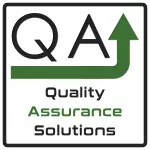 |
|
Software, Videos, Manuals, On-Line Certifications | ||
|
An Organizational Task Management System. Projects, Meetings, Audits & more | ||
|
Corrective Action Software | ||
|
Plan and Track Training | ||
|
AQL Inspection Software |
|
450+ Editable Slides with support links | ||
|
Learn and Train TRIZ | ||
|
Editable Template | ||
|
Templates, Guides, QA Manual, Audit Checklists | ||
|
EMS Manual, Procedures, Forms, Examples, Audits, Videos | ||
|
On-Line Accredited Certifications Six Sigma, Risk Management, SCRUM | ||
|
Software, Videos, Manuals, On-Line Certifications |
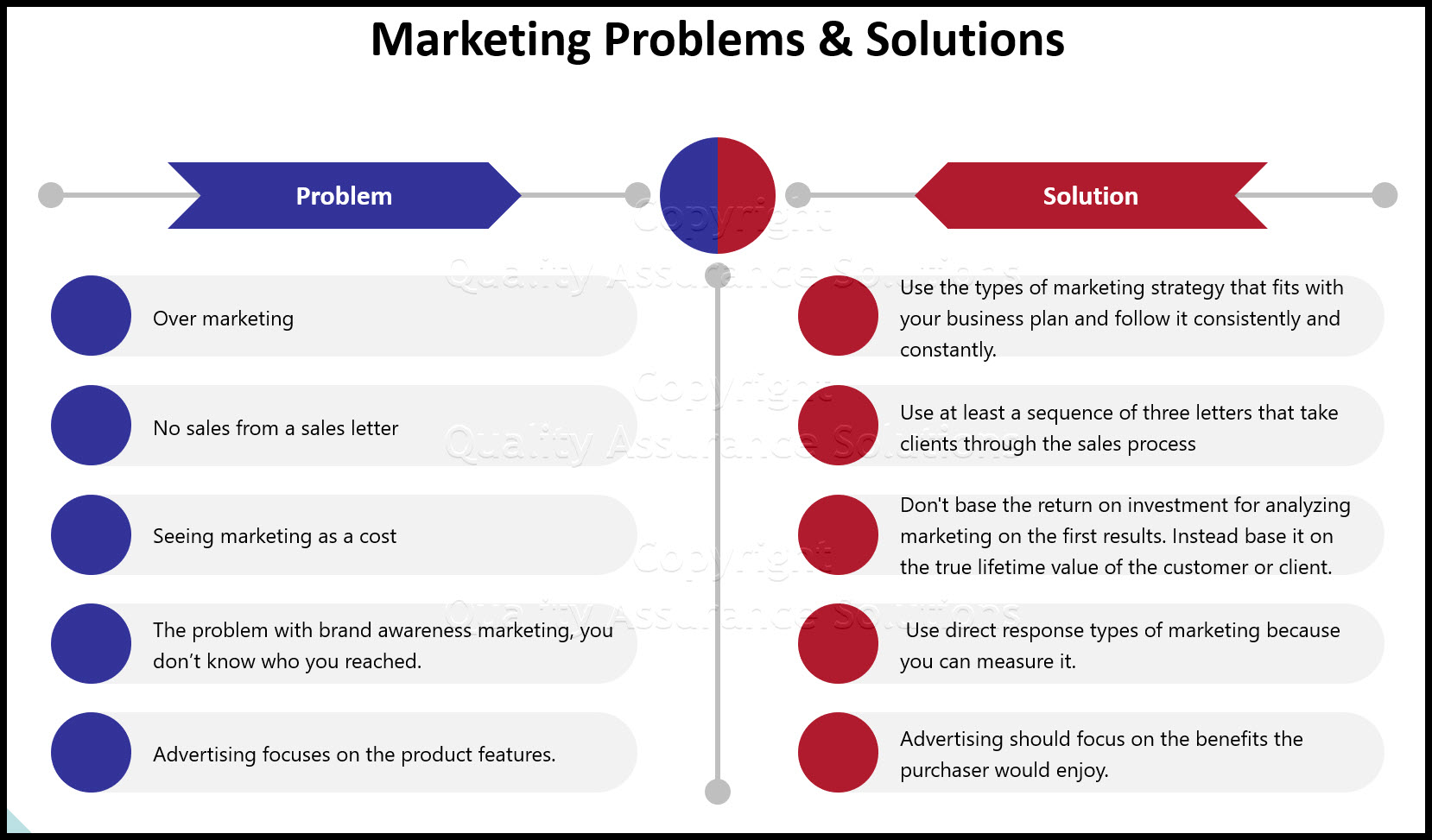

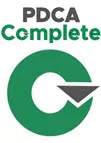










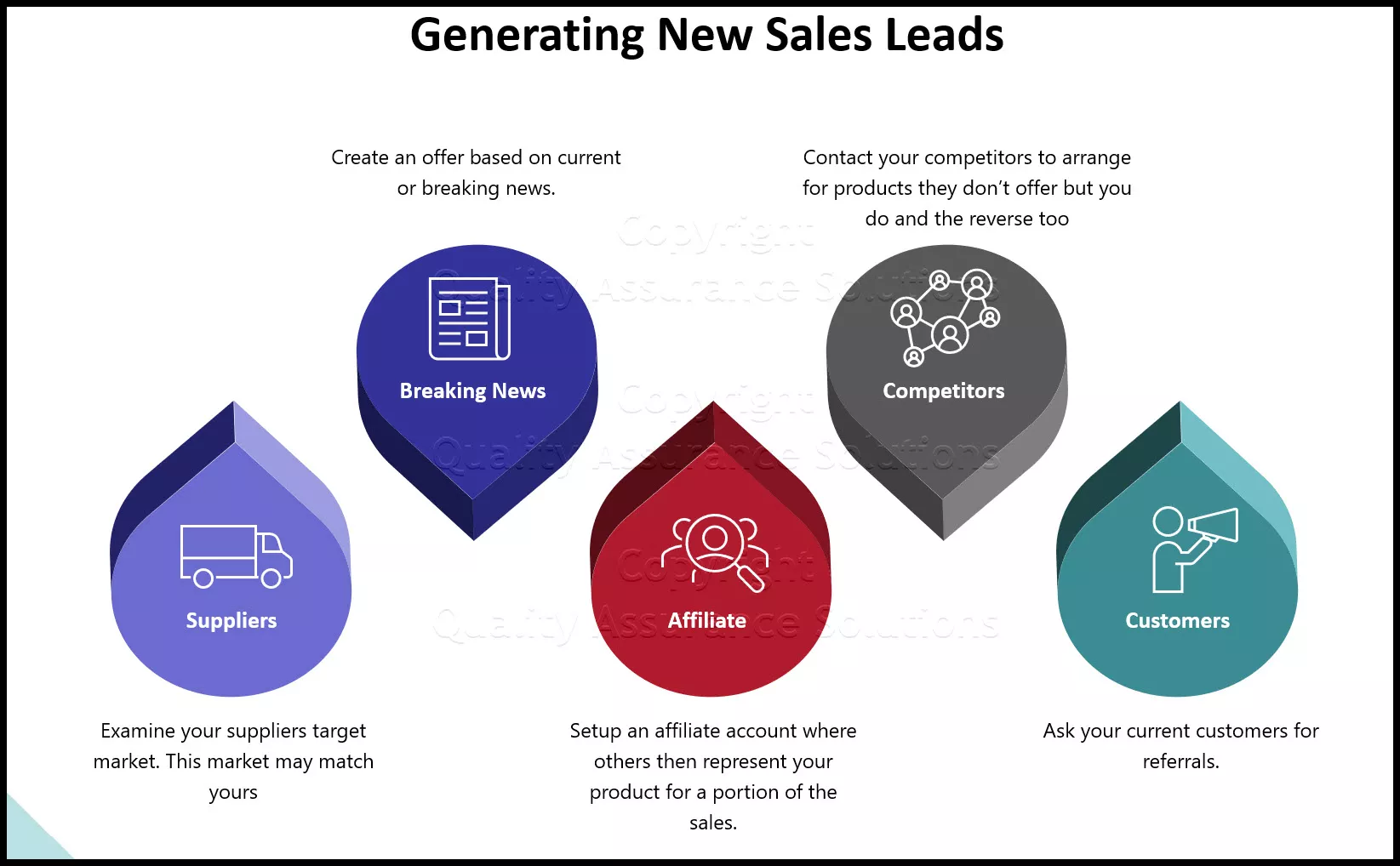
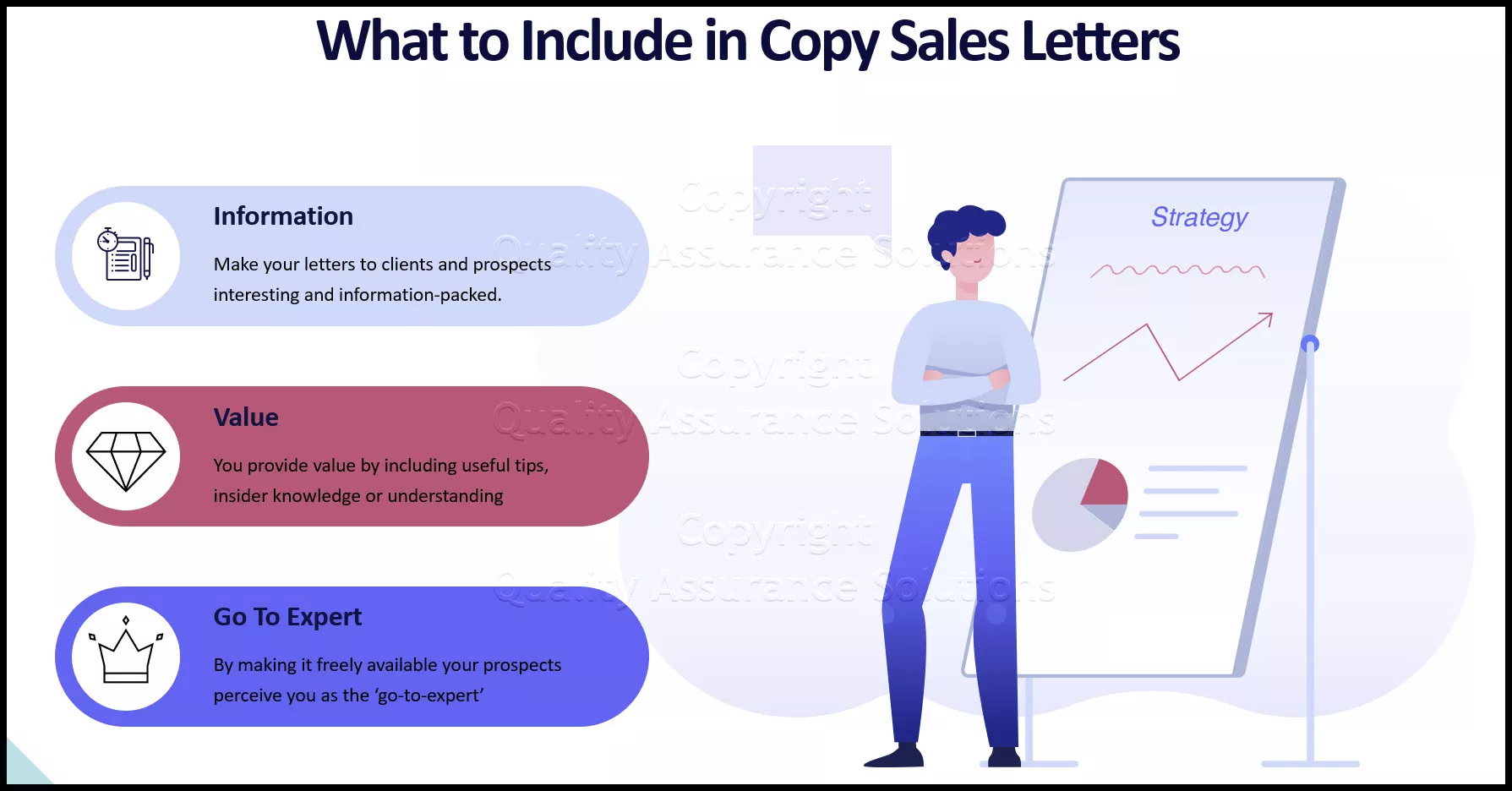
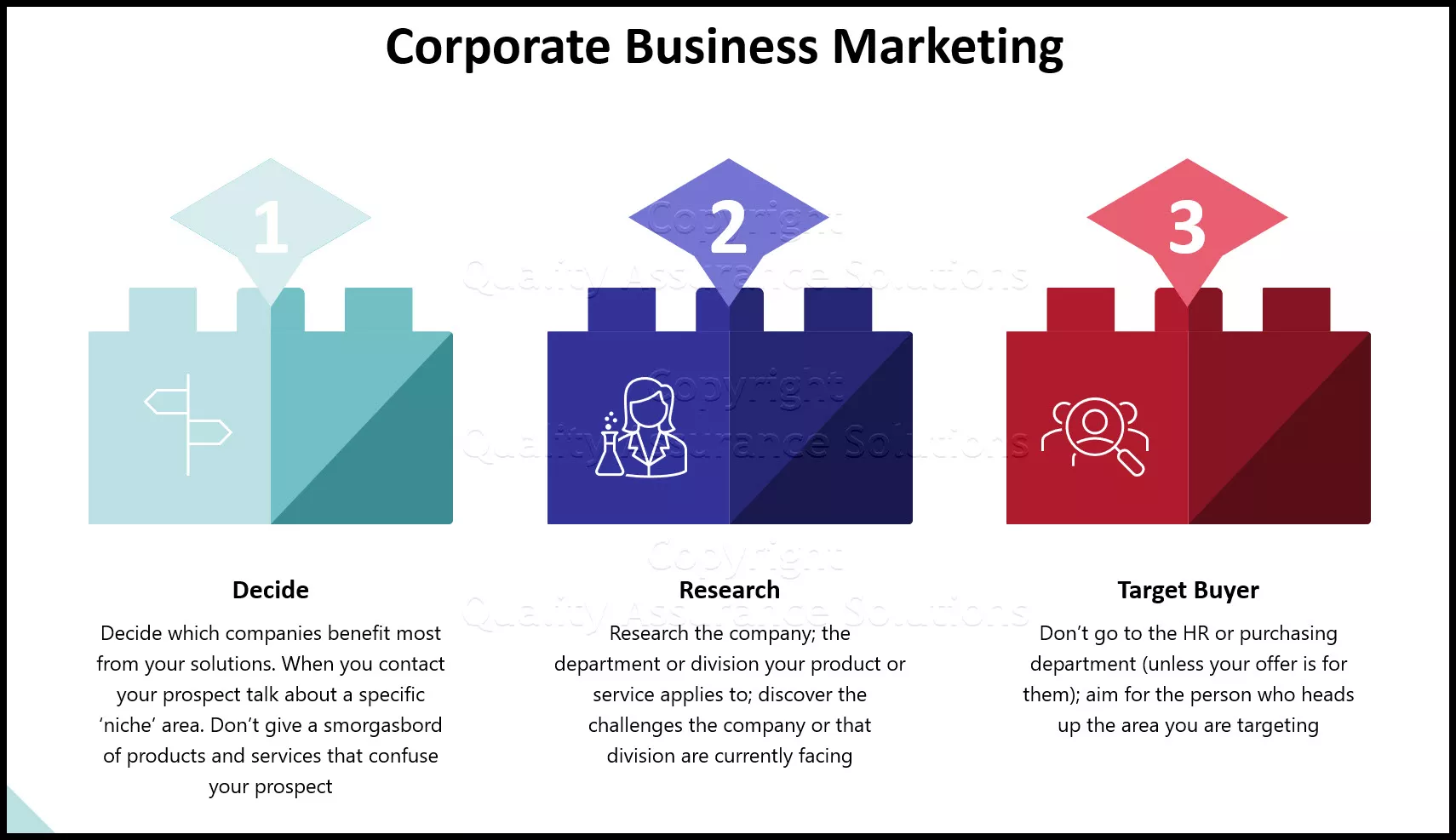
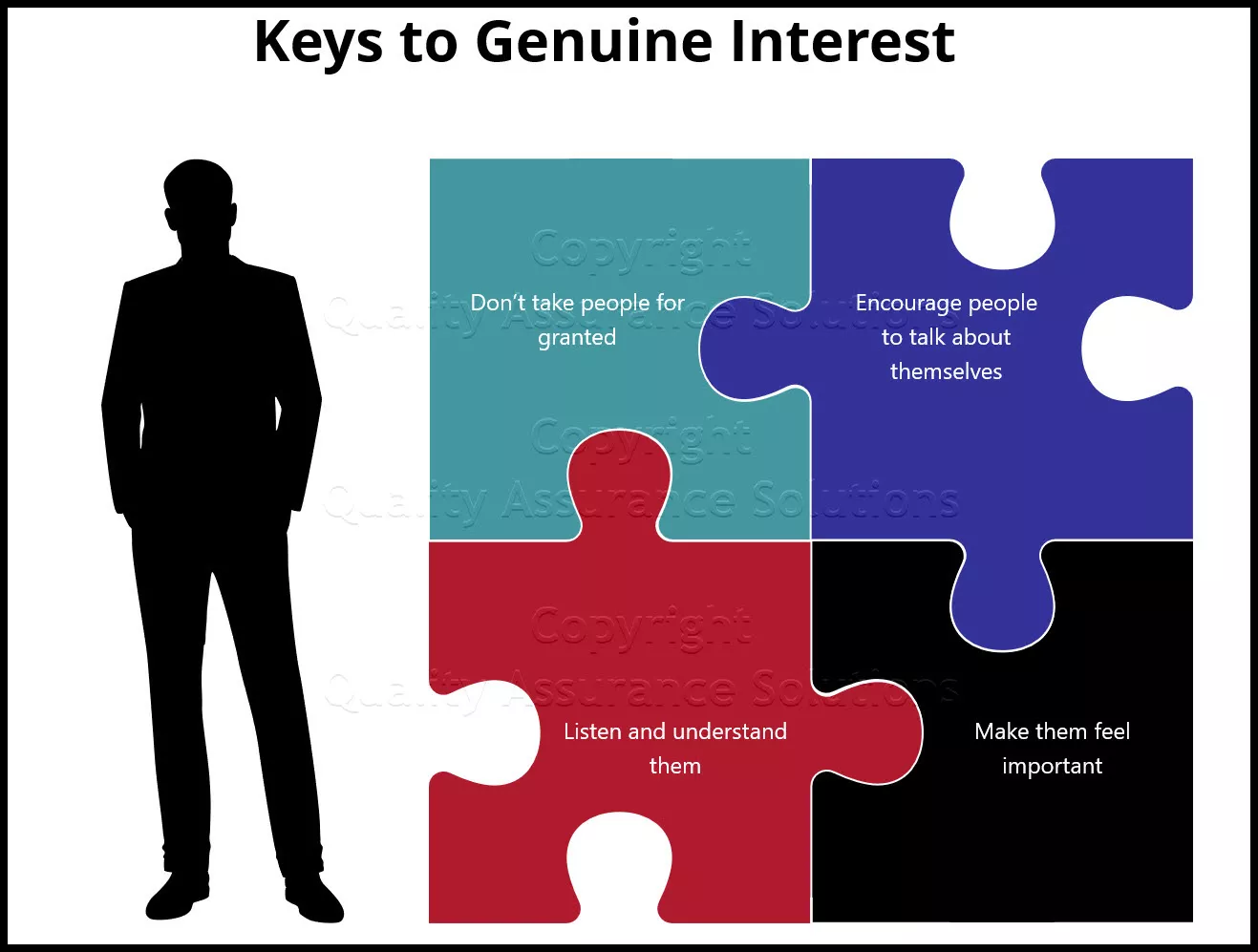
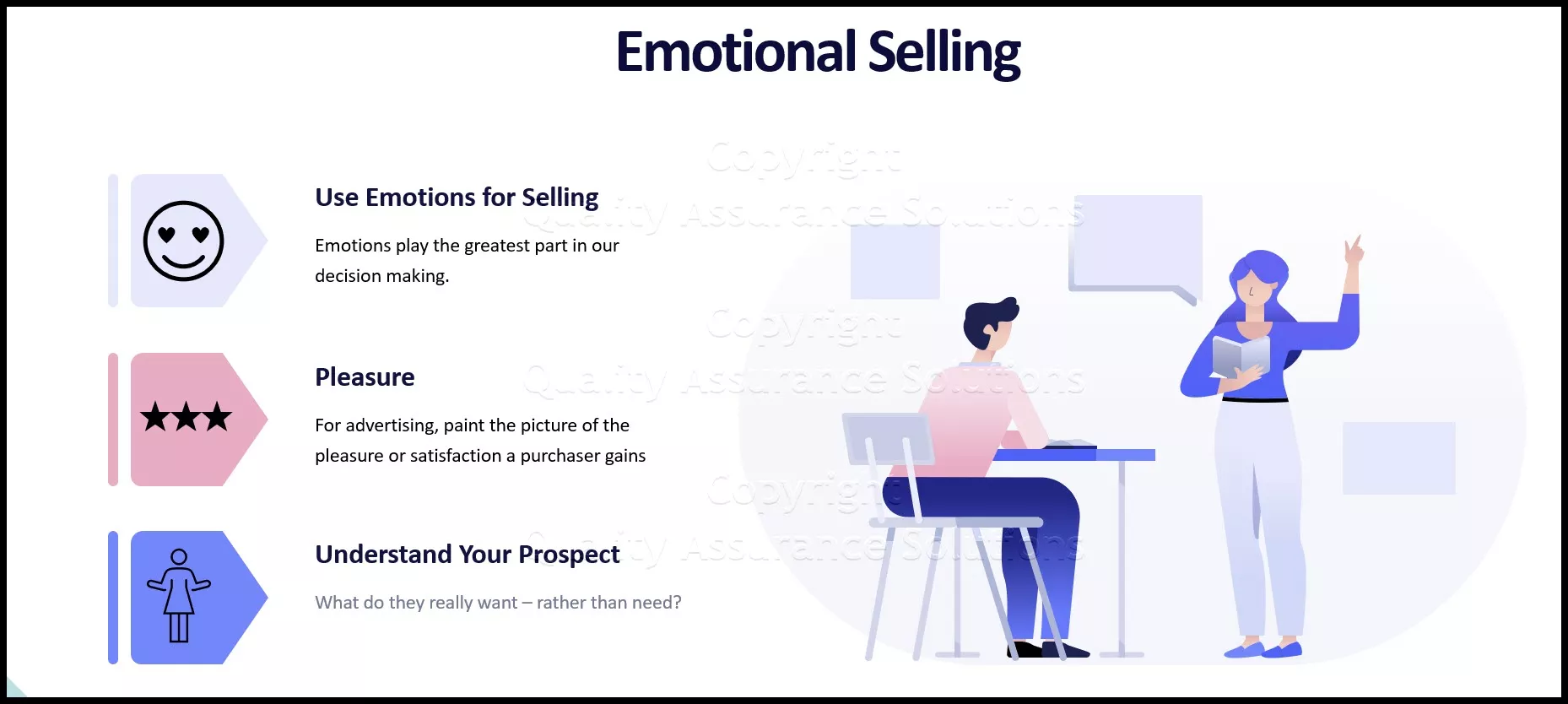

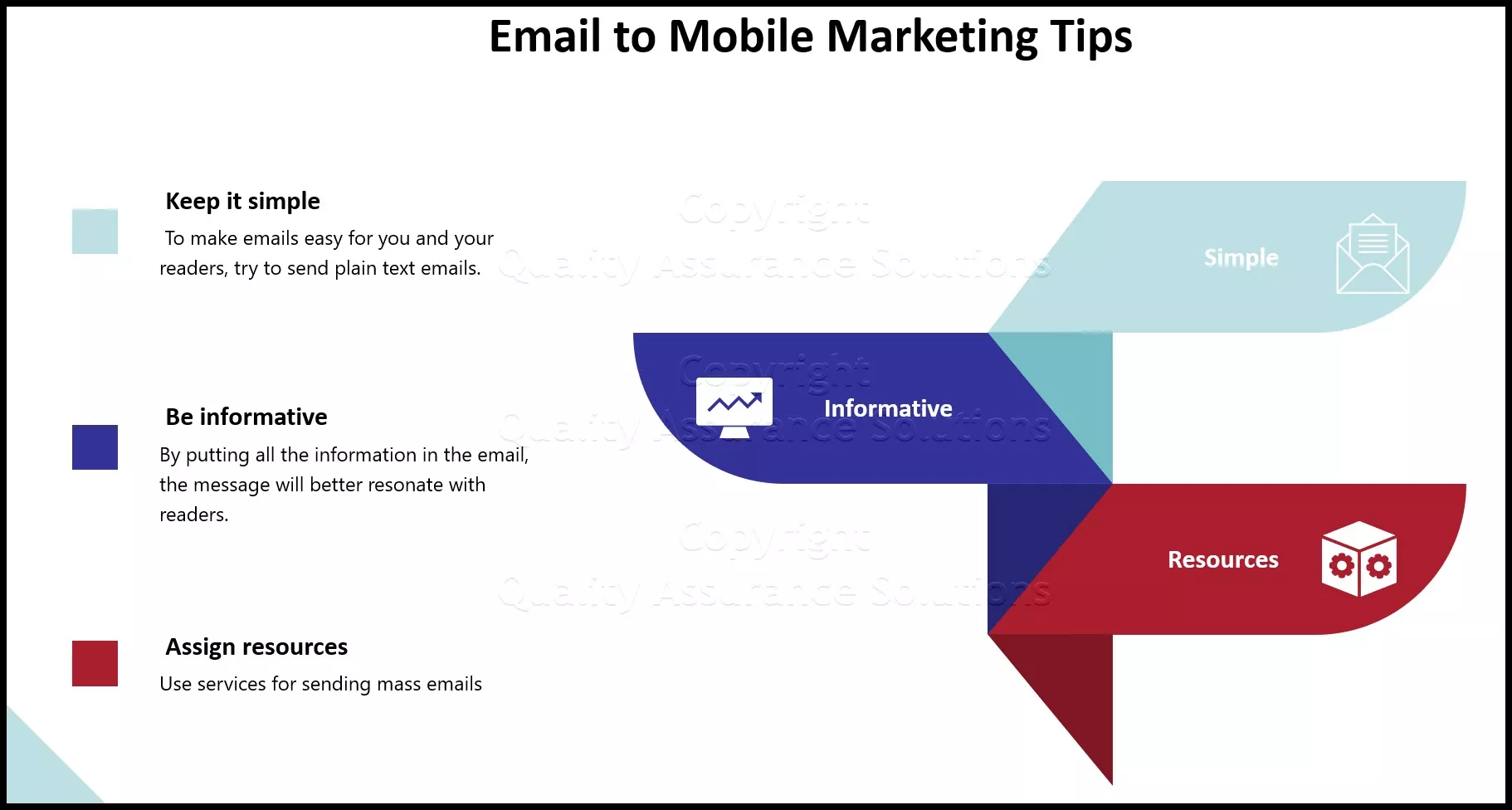
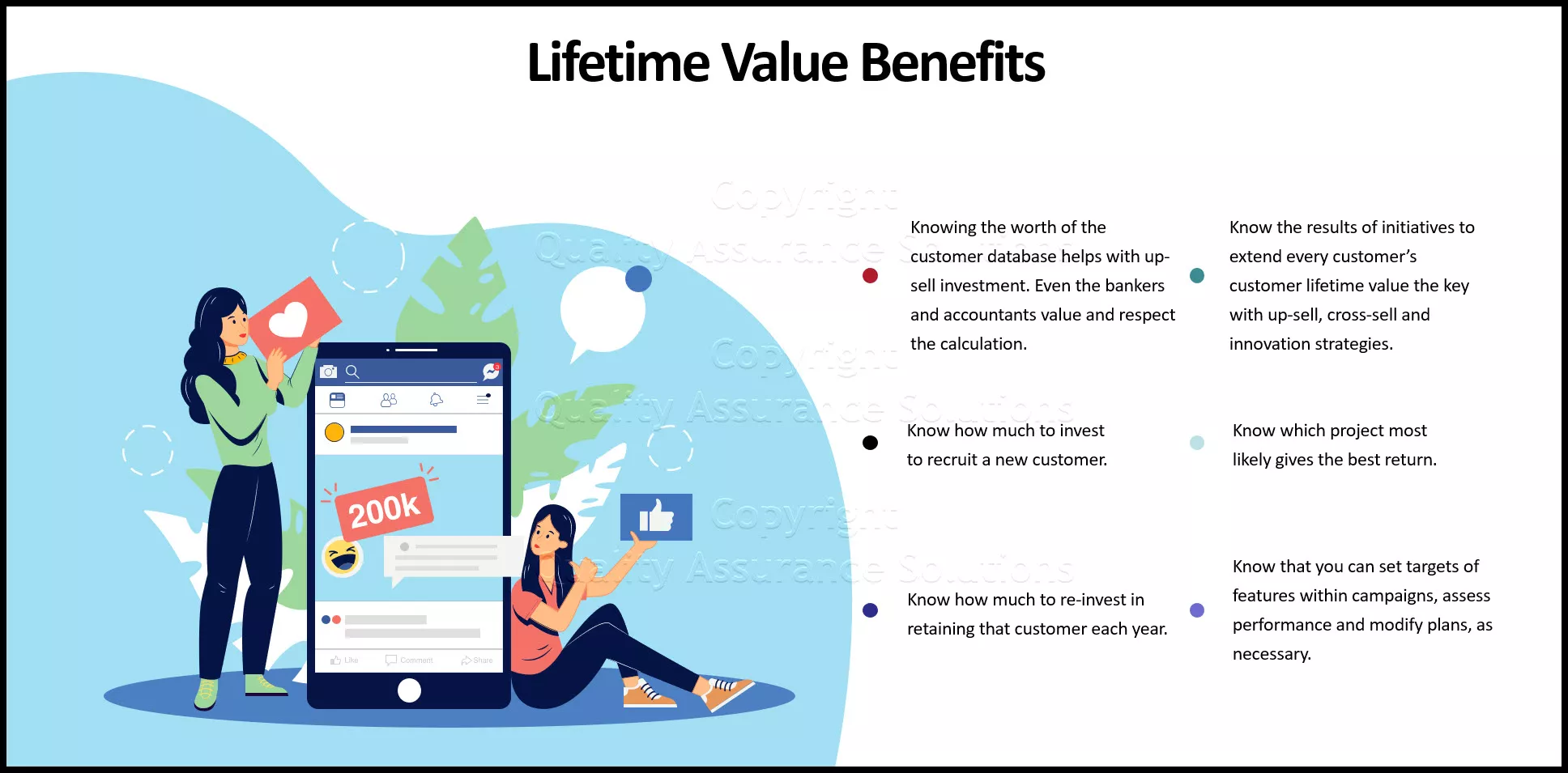
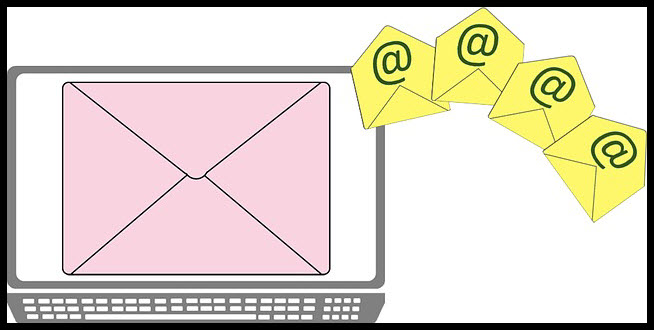








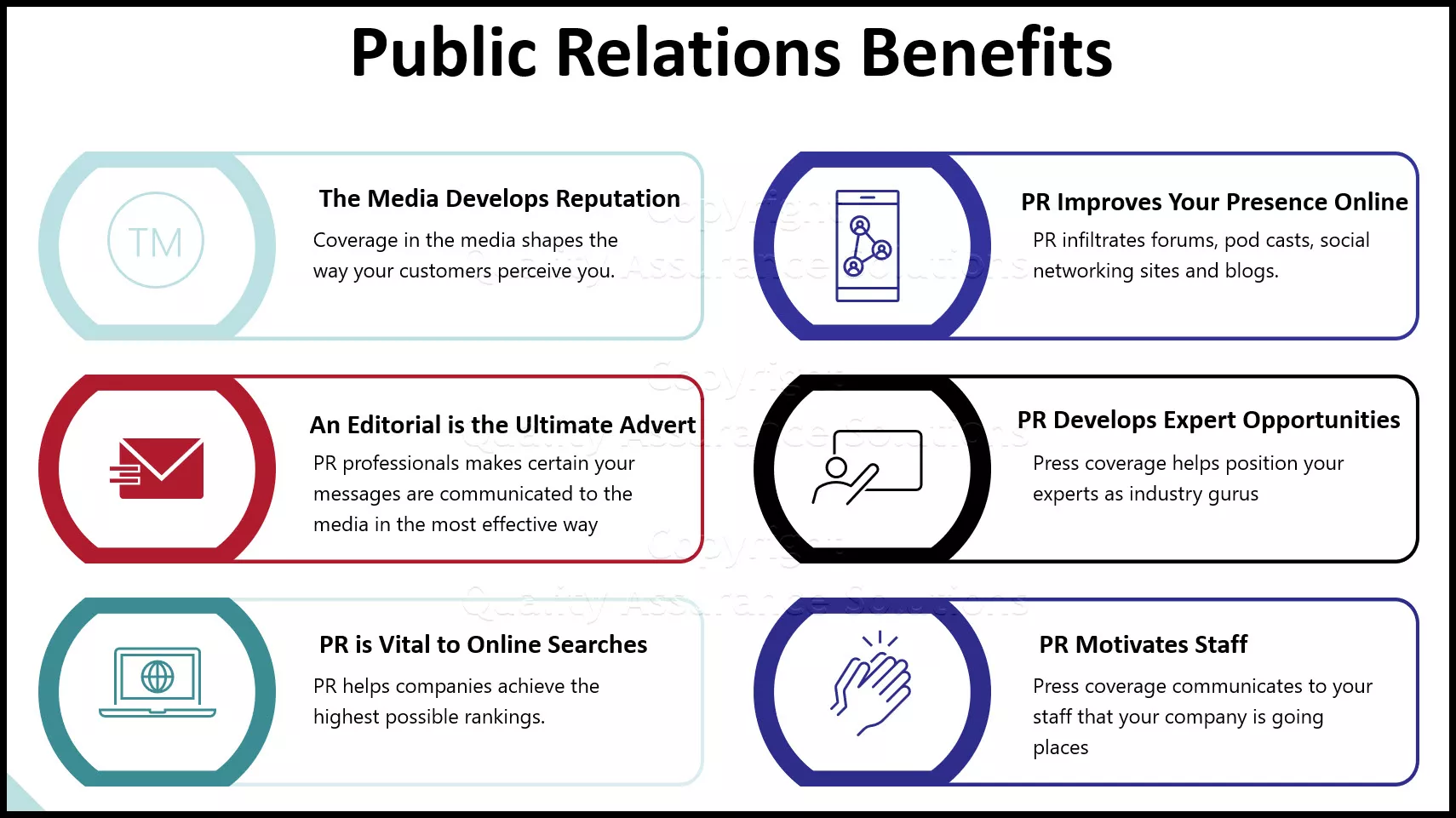

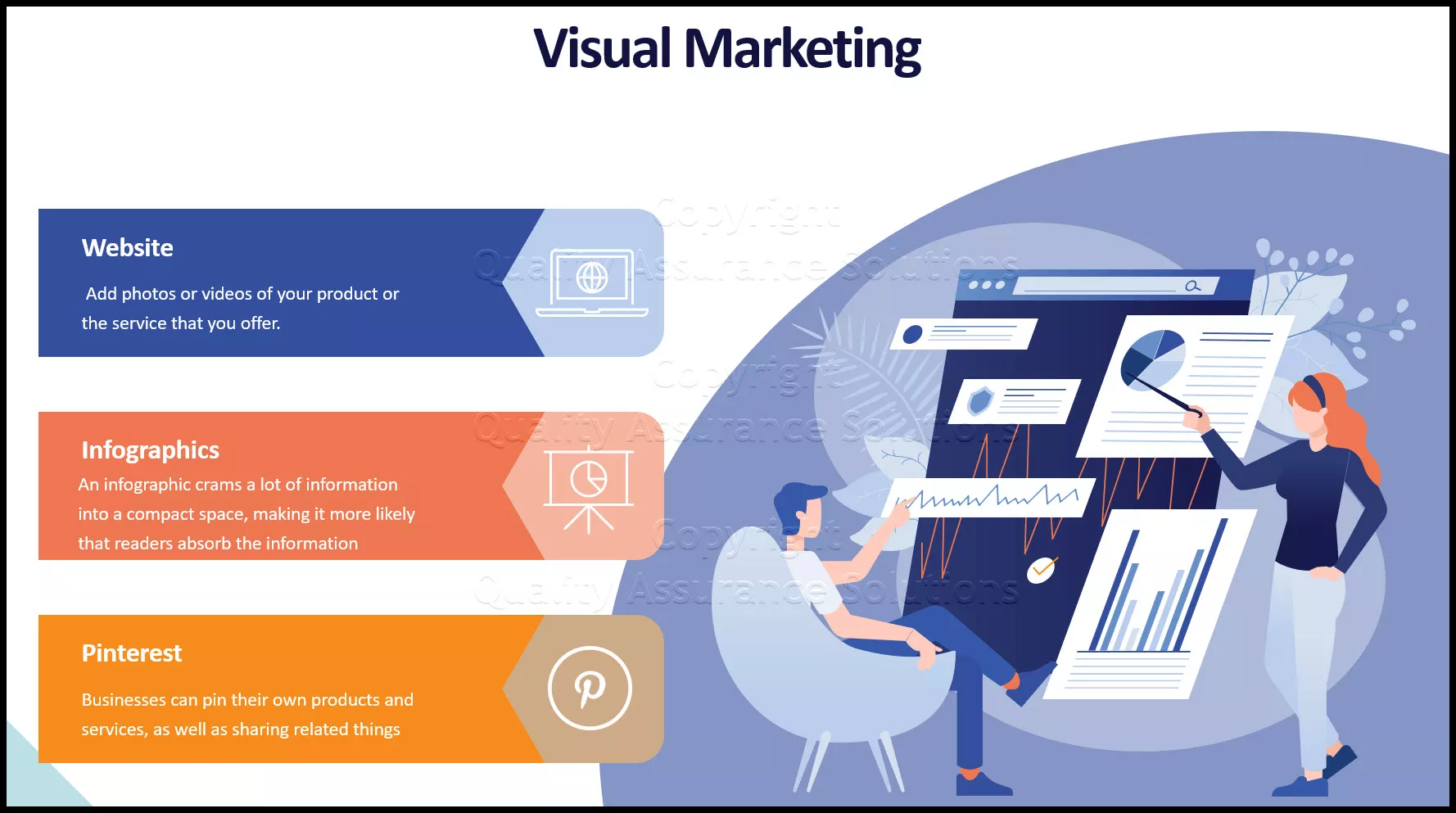
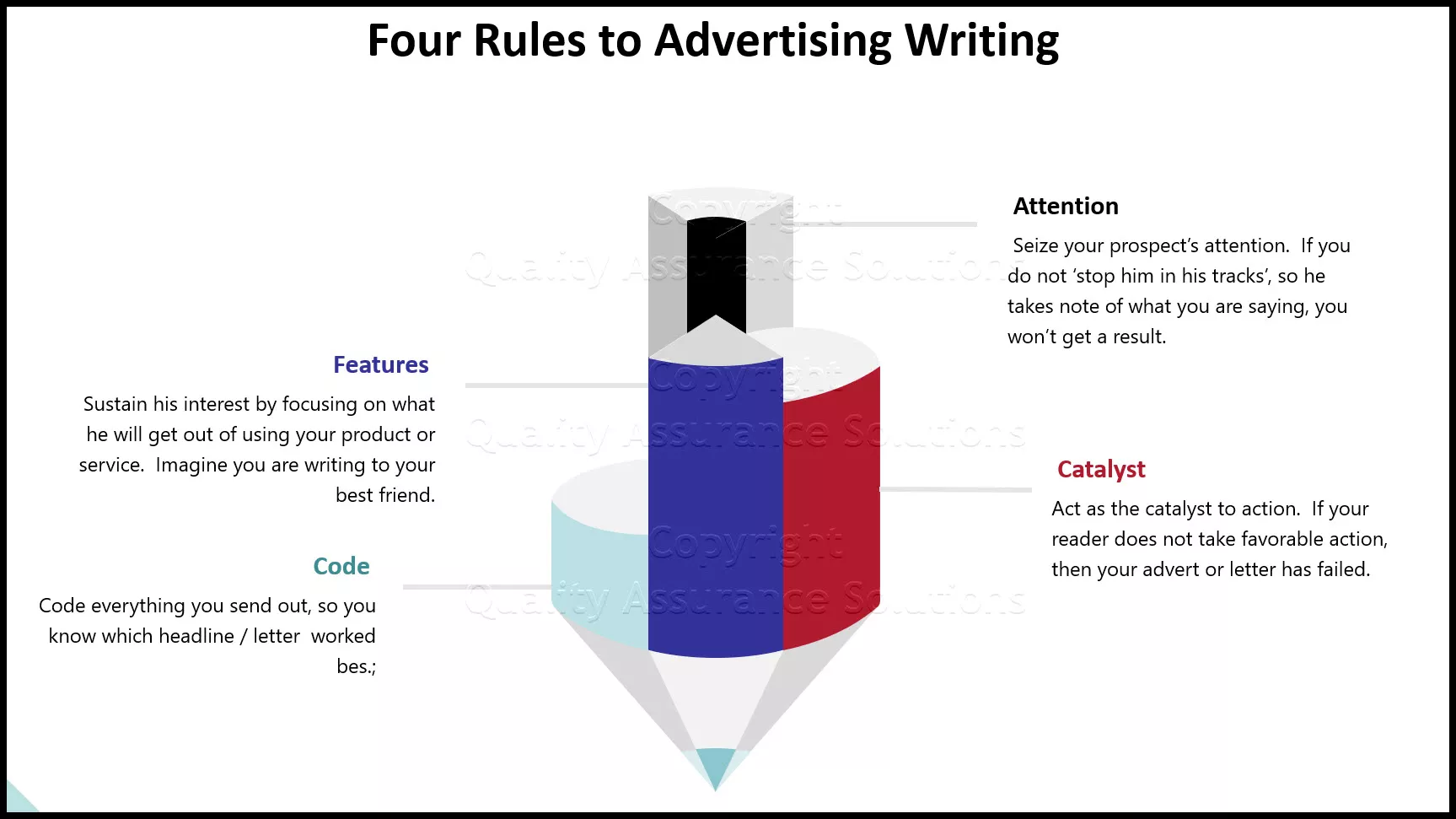
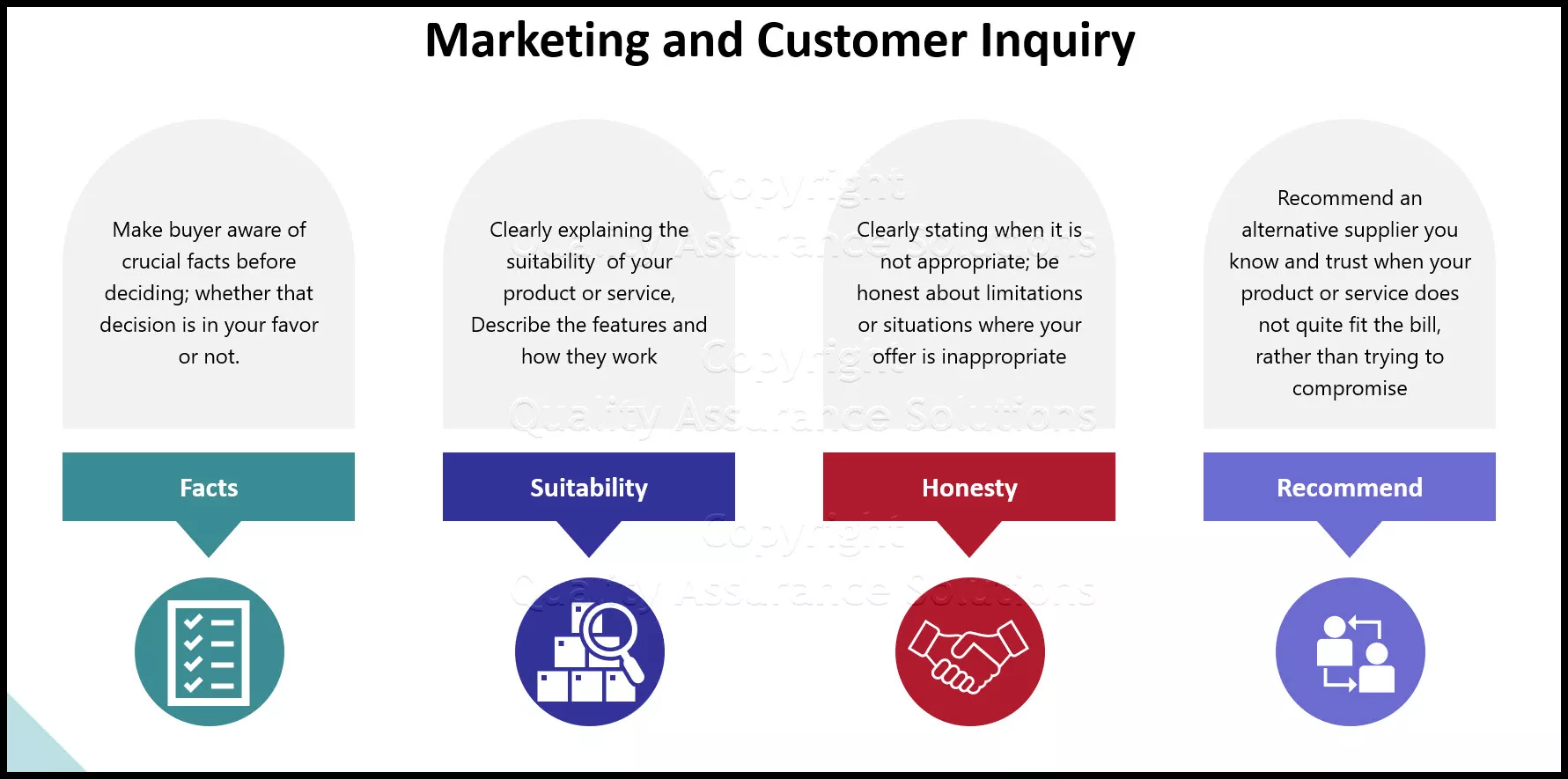
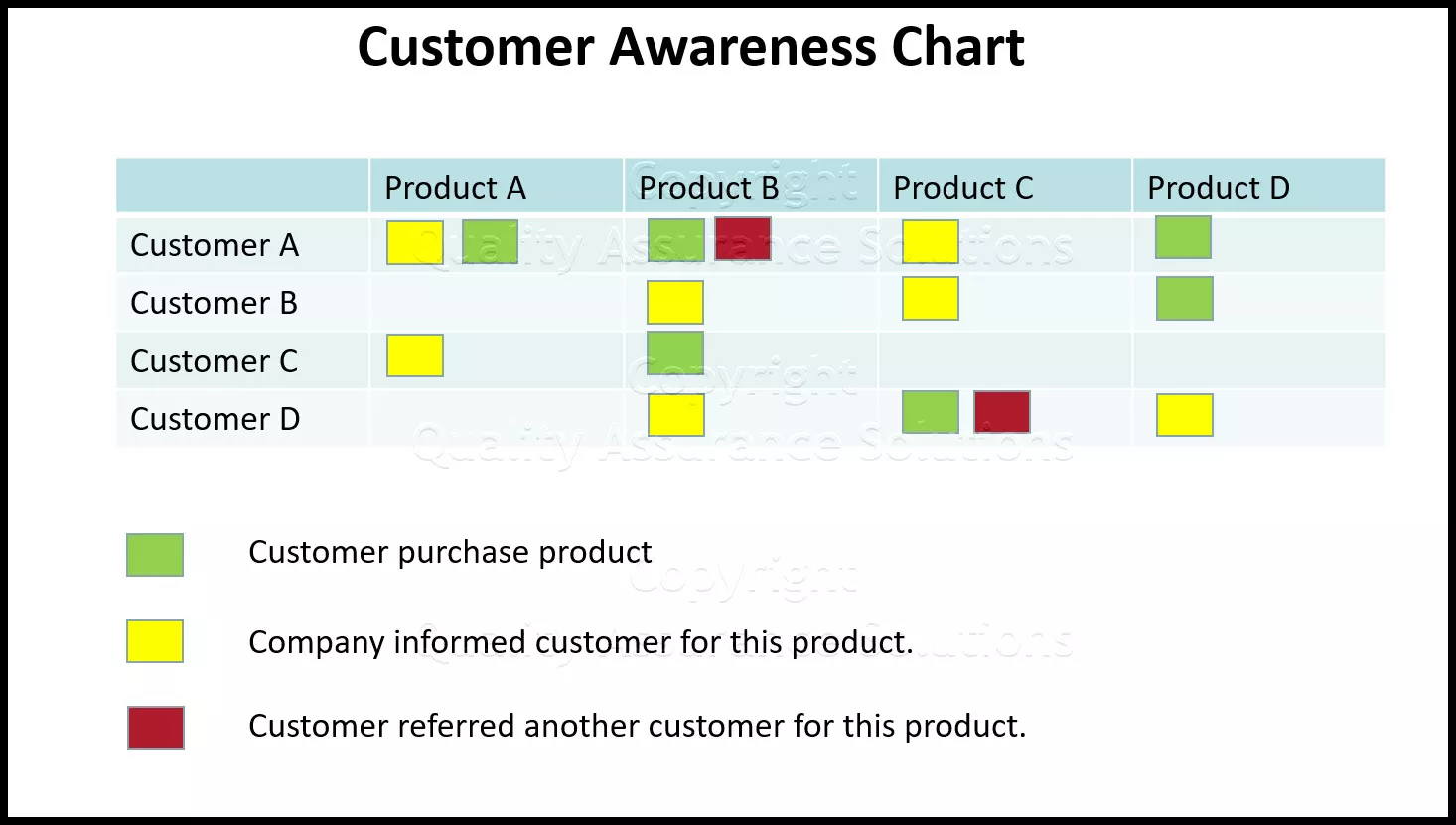
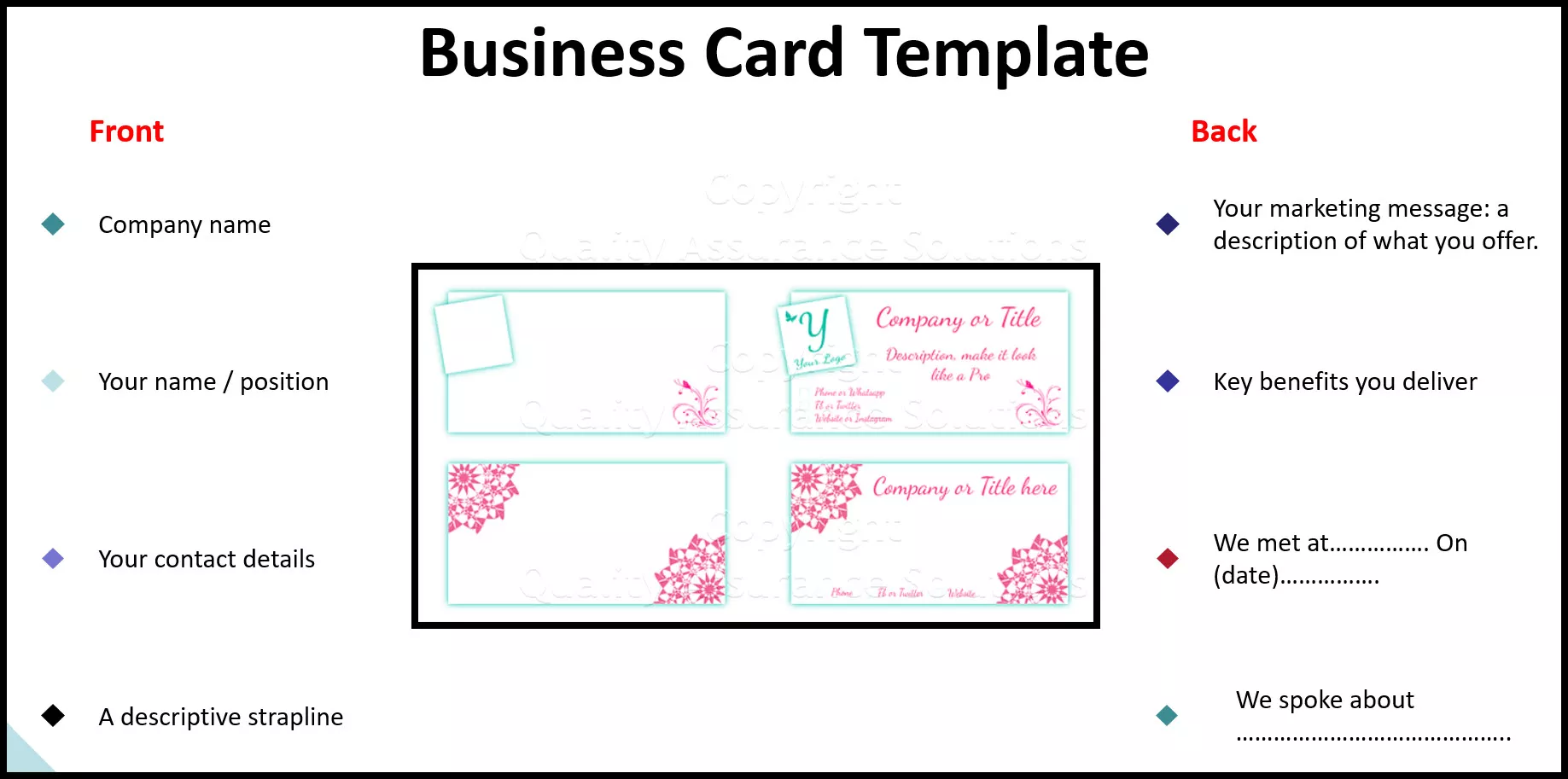
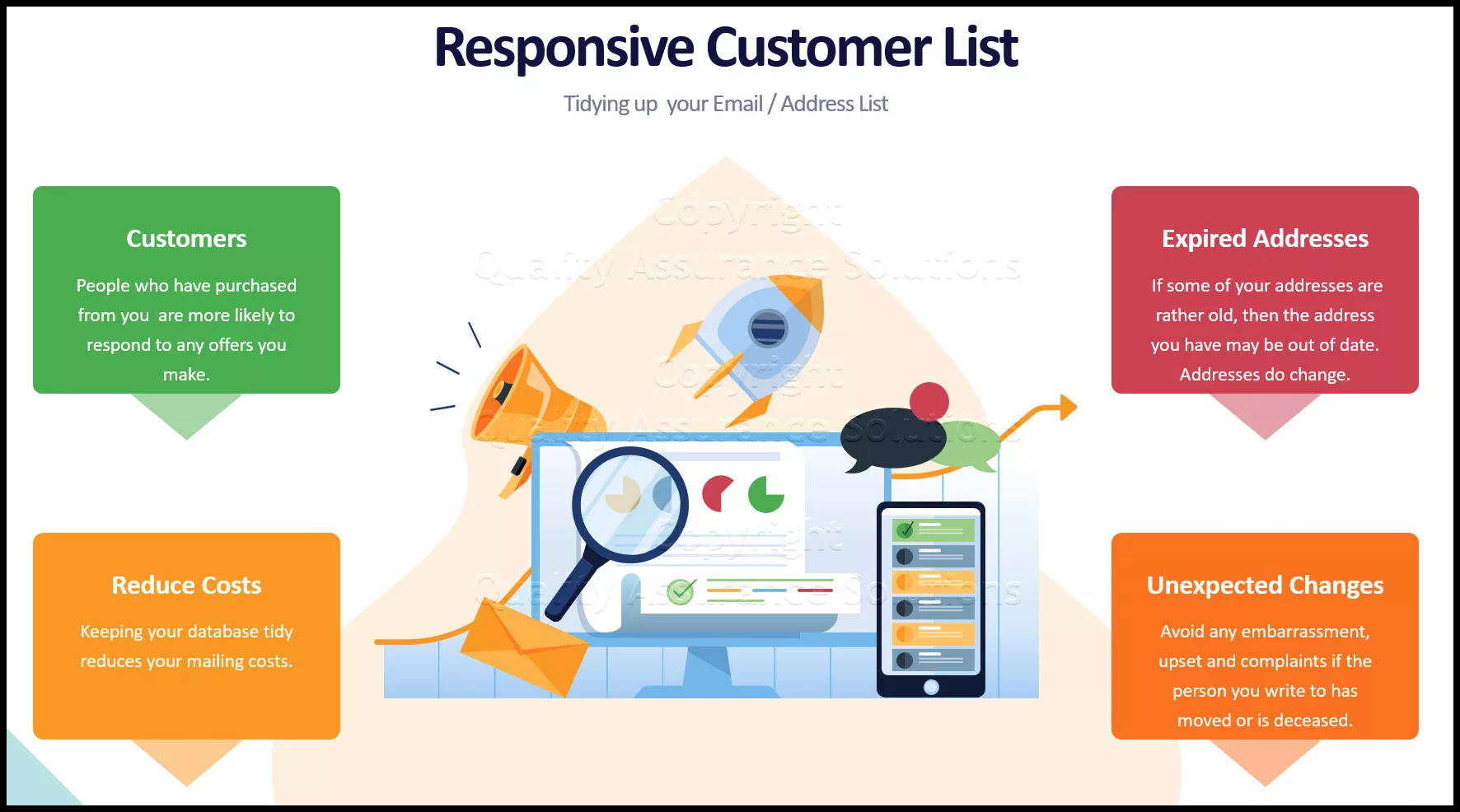





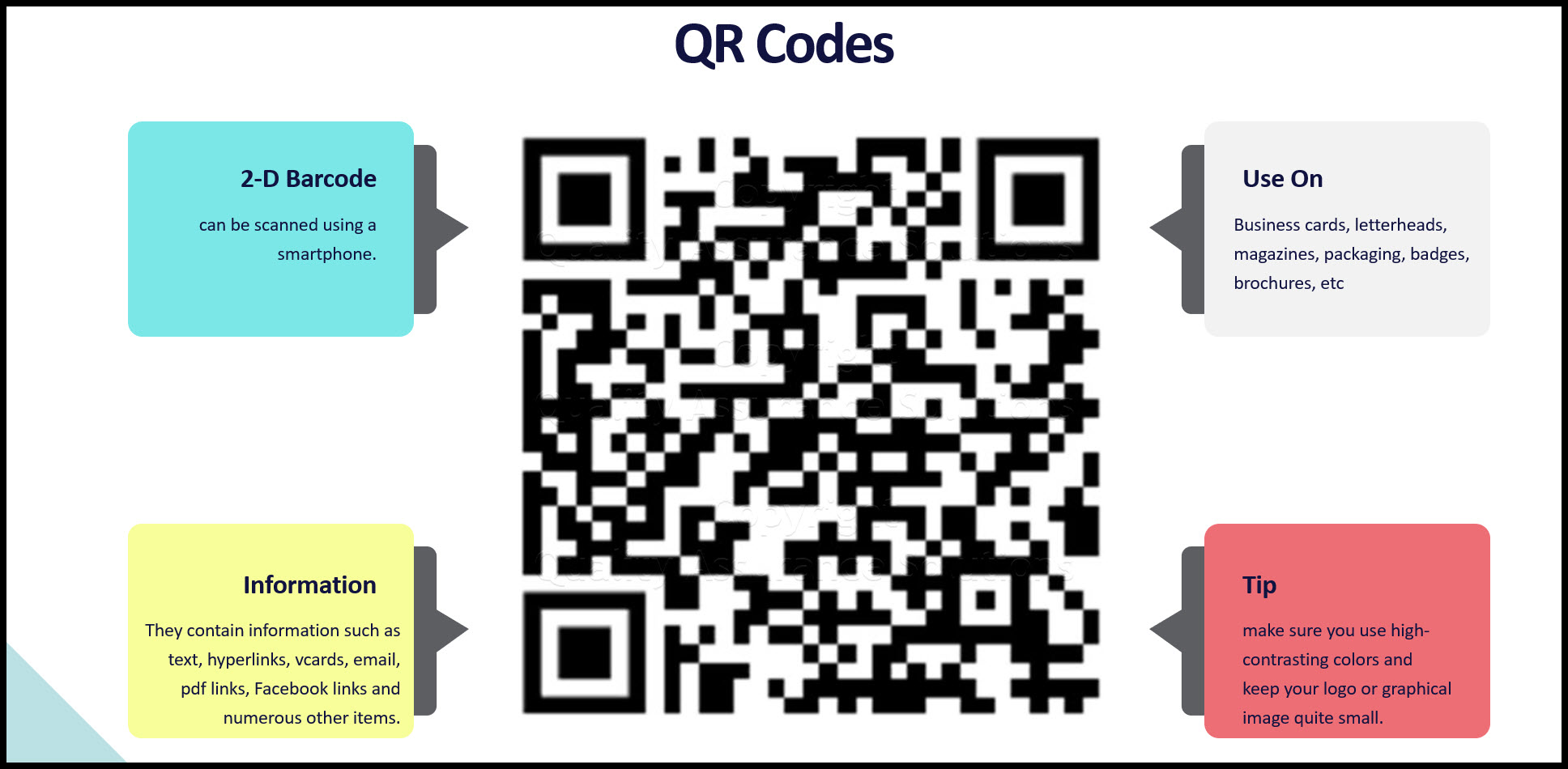
















No one has commented yet. Be the first!